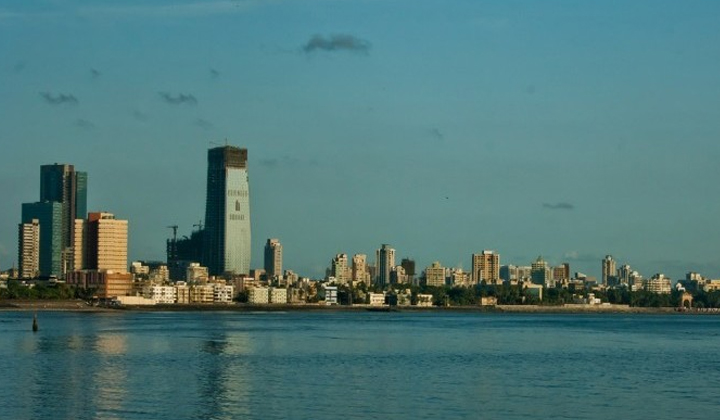Trending Now
- The film where Bobby Simha and Yogi Babu are scheduled to act together is titled ‘Nonviolence’.
- NTK leader Seeman yields a challenge. Vows to dismantle party if BJP gets more votes than his party in the constituencies that they are contesting .
- EPS condemns Kerala govt for having sent a letter to Centre seeking to construct a new dam after demolishing the Mullaiperiyar Dam.
- Schools to reopen on June 6 for students from Class 1 to XII in TN : Education Department
Real Estate
Public transport solutions backbone of smart cities
![]() January 6, 2016
January 6, 2016
With growing pollution and congestion, alternate transport facilities need to be brought into effect immediately for the Smart Cities to become a reality.
In India, 98 cities are vying to achieve the Smart City tag and the central government has allocated funds for the same. However, a number of factors such as technological advancement, planned infrastructure, housing opportunities for all, development of open spaces, availability of varied transport options, citizen-friendly governance, smart solutions and civic services come into play when we talk about a Smart City.
Although it seems like a tall order, some solutions have become the need of the hour across the country. Transit Oriented Development (TOD), public transport and last mile para-transport connectivity is one such issue that needs to be addressed immediately.
Smart public transport
Municipalika 2015, the International Conference and Exhibition on Sustainable Habitat and Smart Cities held in Jaipur, stressed on the growing need of smart public transport solutions. The delegates present in the conference opined that by the year 2030, most of the urban Indian cities will peak. Urbanization will lead to population growth, air and noise pollution and strain on city resources which are the bane of transport.
Even today, metro cities are already plagued with transport problems. Apart from the rising prices, traffic congestion and air pollution have become a cause of worry.
How does it affect the real estate sector?
When the transport system of a city is a problem, it affects other sectors as well. The real estate sector is one of them. According to a recent survey, transport is one of the top factors that are considered before investing in a house.
Sustainable solutions
A paradigm shift towards sustainable solutions is required. The three initiatives that can be adopted for this includes:
Avoid cars
Citizens need to start using public transport more. The increasing number of cars on roads is a roadblock in the efficient management of the transport system. Campaigns such as ‘Car Free Day’ and carpooling are now being implemented in the metro cities of India. Similarly, the government’s latest Delhi mandate where it dictated allowing only alternate car number vehicles is also expected to relieve the city of its immense traffic pressure.
Use bus transport
Bus Rapid Transport Solution (BRTS) was initiated to ease the movement of buses on the city roads but was not a successful solution in all cities. Municipalika 2015 saw a number of new innovative measures to counter the problem. Electric buses and CNG hybrid buses will lighten the burden on rising fuel costs and hybrid buses with more floor space will be able to accommodate more people. These buses will consume 30 percent less fuel.
Improve availability of resources
A shift to electric mobility is essential to counter depletion of fossil fuels, increase in fuel costs and impact of transportation on the environment. Also, the use of bio-fuels will be encouraged with an ethanol-blending program to curb India’s oil imports.
Metro the apt transport option
The Metro is also a key option for solving transport issues due to its economic, social and environmental benefits. All cities need to seriously consider the planning and development of this option to accelerate the process of accomplishing the Smart City target.
The challenges of urban mobility
– Provision of physical infrastructure.
– Challenge of meeting peak-hour demand and off-peak under utilization.
– Smart solutions can help to improve efficiency of the system and redistribute demands across Modes, routes and time.
The promise of smart mobility
– New technologies and information based services offer solutions to challenges of operational efficiency and personnel travel demand in cities.
– Benefits to all stakeholders in terms of improved system functionality, environmental sustainability, traveller experience and new economic value.
With city planners, government bodies and environmental NGOs becoming more sensitive to the problem, there is hope that problem will soon be addressed at the grassroots level. Every urban plan will need to have a long-term view to resolve not just the problem but related issues as well.
Namrata Ekka,
























